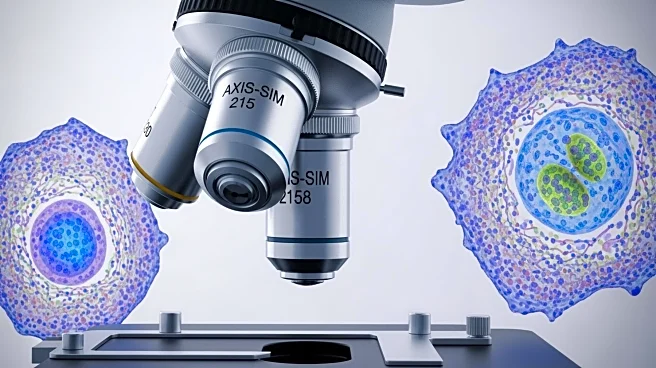What's Happening?
A significant debate is unfolding in the biomedical research community regarding the use of traditional animal models versus new approach methodologies (NAMs). Traditional models involve using living non-human
mammals, such as mice, to study human disease mechanisms and treatment responses. In contrast, NAMs include in vitro models like organoids, computational modeling, and chemical techniques. These methods aim to mimic human biological processes and reduce the need for animal testing. The debate is fueled by technological advances in NAMs and a push from regulators and funders for their expanded use. However, the discussion is complex, as both traditional and new methods offer unique insights into biological systems.
Why It's Important?
The outcome of this debate could significantly impact the future of biomedical research. NAMs have the potential to accelerate drug discovery and reduce ethical concerns associated with animal testing. However, they are not yet capable of fully replicating the complexity of living organisms. The integration of NAMs could lead to more accurate and humane research practices, benefiting both scientific progress and ethical standards. Researchers, regulatory bodies, and funding agencies are key stakeholders in this transition, as their support and guidance will shape the adoption of these methodologies.
Beyond the Headlines
The shift towards NAMs raises important ethical and scientific considerations. While NAMs offer promising alternatives, they also present challenges in terms of validation and standardization. The scientific community must ensure that these methods provide reliable and reproducible results. Additionally, the transition may require significant investment in training and infrastructure. As the debate continues, it is crucial to balance innovation with rigorous scientific standards to ensure the credibility and effectiveness of biomedical research.











